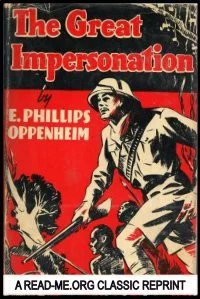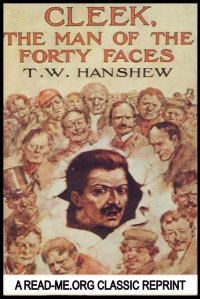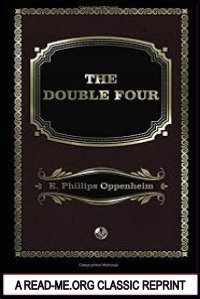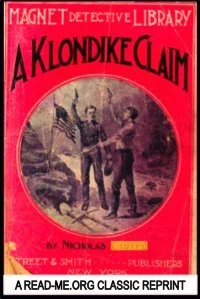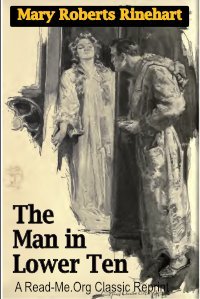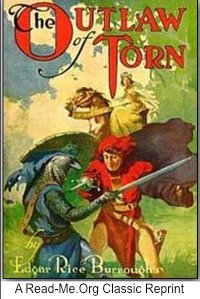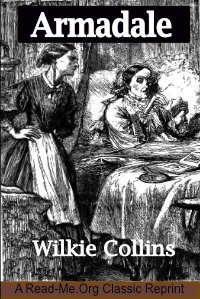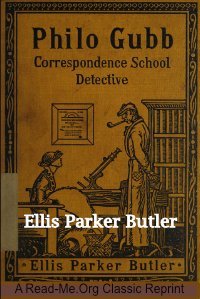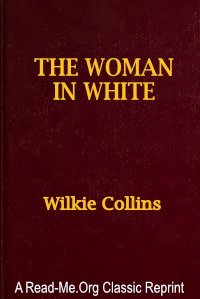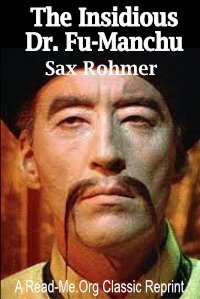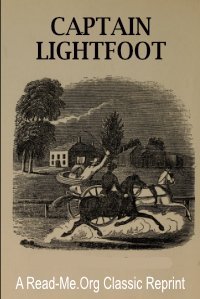By E. Phillips Oppenheim.
The Great Impersonation is a mystery novel written by E. Phillips Oppenheim and published in 1920. German Leopold von Ragastein meets his doppelganger, Englishman Everard Dominey, in Africa, and plans to murder him and steal his identity to spy on English high society just prior to World War I. (From Amazon)
Boston: Little, Brown & Co., 1920. 344p.


